Just about everyone has a relationship that we could never sum up in an elevator speech or a haiku. Whether it is with a parent or a classmate, or even an employer, we know it would never fit "in a nutshell." For those of us who work in suicide prevention with youth, that's pretty much how we feel when asked to talk about bullying.
Recently, journalist Kelly McBride at the Poynter Institute published a piece that called out journalists for oversimplifying the relationship between bullying and suicide. She highlights that it is dangerous to draw a direct line from one to the other, especially because it perpetuates the idea that youth who are bullied attempt suicide. From where I sit, especially based on news and social media coverage of this topic, it almost seems like we have settled on defining the experience of our youth with the false equation LGBT Youth + Bully = Suicide.
From that perspective, McBride has it right: The tragedy of suicide is not the result of simple math. Where she and others go afoul is that by highlighting suicide as the only negative outcome of bullying, the other high-risk outcomes of bullying that put youth in danger get completely ignored. Not only that, but that kind of misdirection also gives fodder to the groups that work to strip schools and communities of LGBT youth programming, resources, and effective trainings to reduce risk to youth and help prevent tragedy.
In the field of suicide prevention, we look at all the factors that can be strengthened to reduce a person's risk for attempt. For example: a person's sense of self-esteem; their physical and mental wellness; their sense of life satisfaction; their ability to cope; their networks of social support; and their ability to make friends, love, and feel bonded to other people (what's called "attachment") -- each of these factors play a role in how vulnerable youth are to risk. Reading this list, it should feel pretty natural to assume that we each have the ability to help improve, even strengthen each of these protective factors. It's when these base elements, the things that make each of us who we are, come under chronic attack and are threatened that we become vulnerable. And it's not just to suicide attempts.
Repeated threats to our protective factors, such as ongoing, persistent bullying, can make a person more vulnerable to attempt a range of high risk behaviors. From abuse of alcohol or drugs to unsafe sex, violence toward oneself or others, (or both), the list goes on. Not only that, but engaging in one or more high-risk behaviors can further negatively affect a person's well-being, creating a vicious cycle. However, by strengthening our protective factors, we can each reduce our vulnerability and minimize the cycle, or never reach a high level of vulnerability in the first place. And, by the way, building up our protective factors can happen at any time, and they only get stronger the more we pay attention to them.
Beyond these high-risk, dangerous outcomes that can result from chronic threats to a person's protective factors, we also know from research -- including studies by the Gay Lesbian, and Straight Education Network and Campus Pride -- that a young person's sense of safety at school and their environment can also affect academics and absenteeism. Our schools not only have a vested interest in promoting academic success and reducing truancy, but they also have the ability to affect a number of protective factors to reduce these negative outcomes.
Protective factors that a school can strengthen are both environment-related, such as enforcing codes of conduct to promote safety, (e.g., enumerated antibullying policies), and providing opportunities for students to create networks of support, (e.g., gay-straight alliances); and academic, including offering opportunities for students to learn coping skills (e.g., Trevor Lifeguard Workshops), and providing opportunities to build physical and mental health (e.g., gym class, sports, music, art, access to a staff counselor, etc.).
These are pretty intuitive offerings that research tells us yield multiple benefits, which is why I shudder every time I hear about another music program being eliminated or that all clubs in a district are disbanded in order to block the formation of a gay-straight alliance. While it may reduce the burden on a school's bottom line in the short run, the broader effect is to weaken students' abilities to cope when challenging situations occur.
Going back to McBride's point, when a student attempts suicide it is generally the result of many contributing factors that combine to make that person more vulnerable to attempt. When someone with significant vulnerability experiences a triggering event, that final "trigger" may be what is remembered by survivors, but it was just the straw that broke the camel's back. From that perspective, chronic and persistent bullying can be a significant threat that weakens a young person's protective factors, increasing their vulnerability especially if that youth lacks opportunities or the support to strengthen their protective factors. Bullying can also be that one, last nasty text, the triggering event that leads a highly vulnerable youth to a suicide attempt.
Even so, it is still not a simple equation. With so many protective factors and so many ways to strengthen them, the most we can ever say is that bullying may have been a contributing factor that led to a person's suicide attempt.
DAVID BOND, LCSW, B.C.E.T.S., is the program director of the Trevor Project and oversees the organization's crisis intervention services, the Trevor Lifeline, TrevorChat, and TrevorText; digital programs, TrevorSpace.org and AskTrevor.org; and Trevor Education. Follow the organization on Twitter and Instagram.
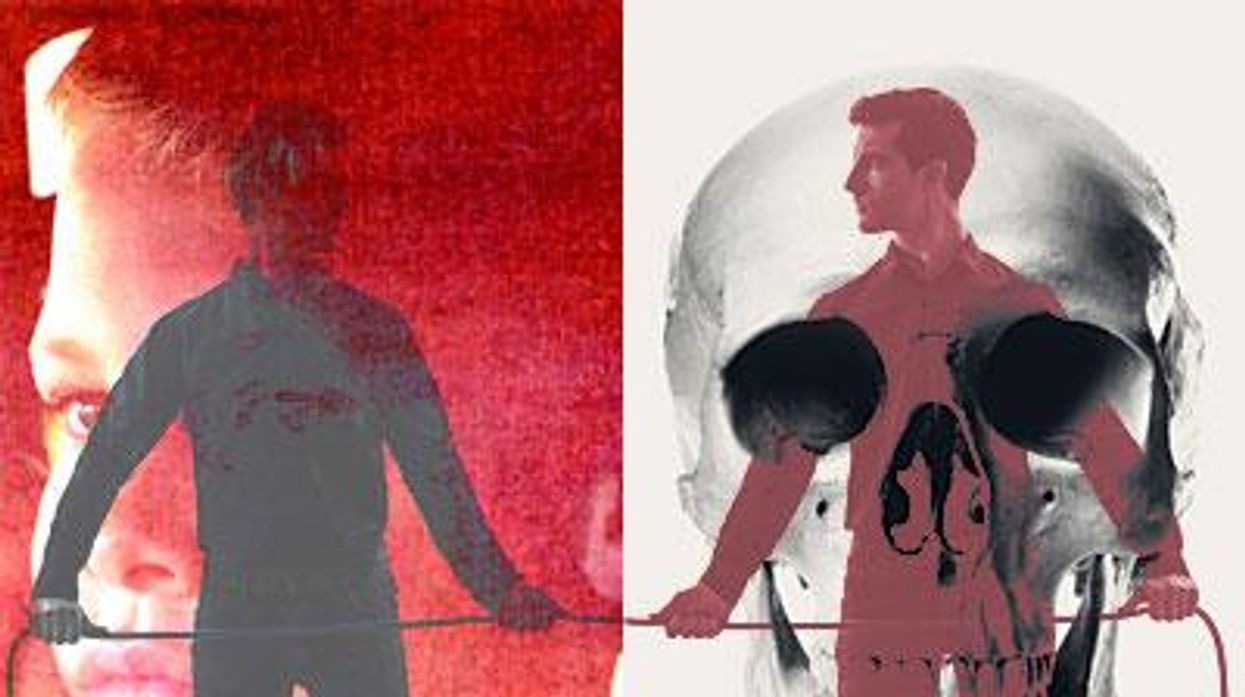







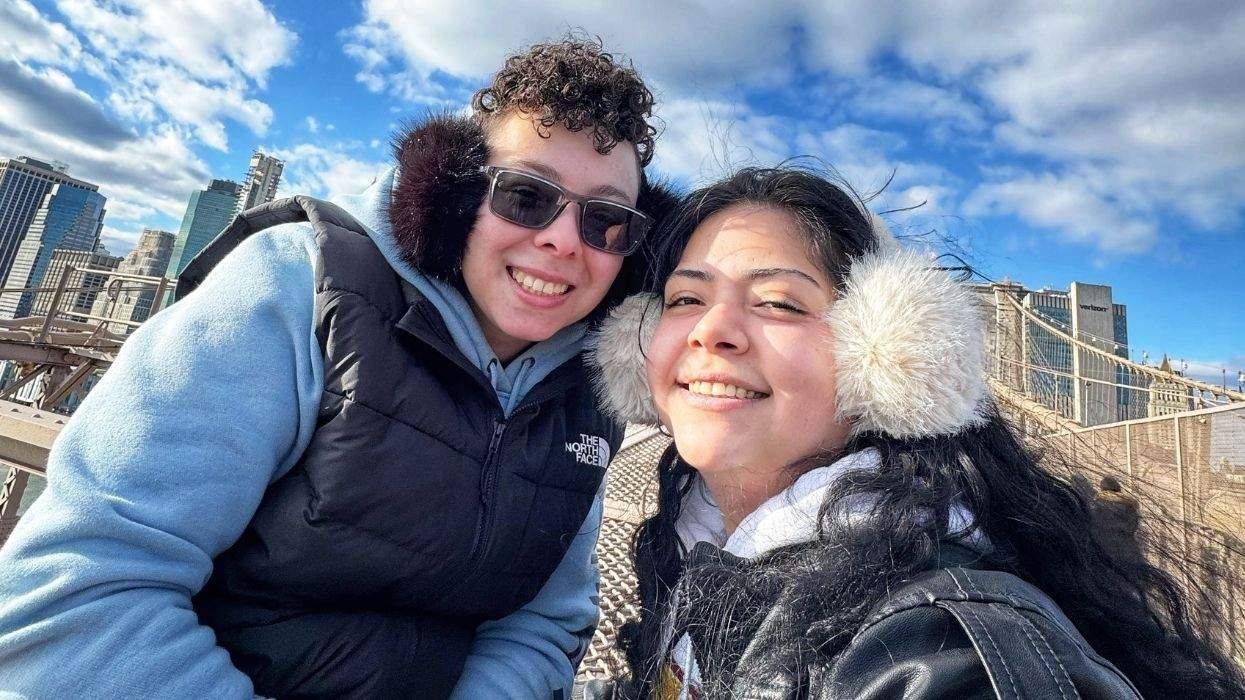
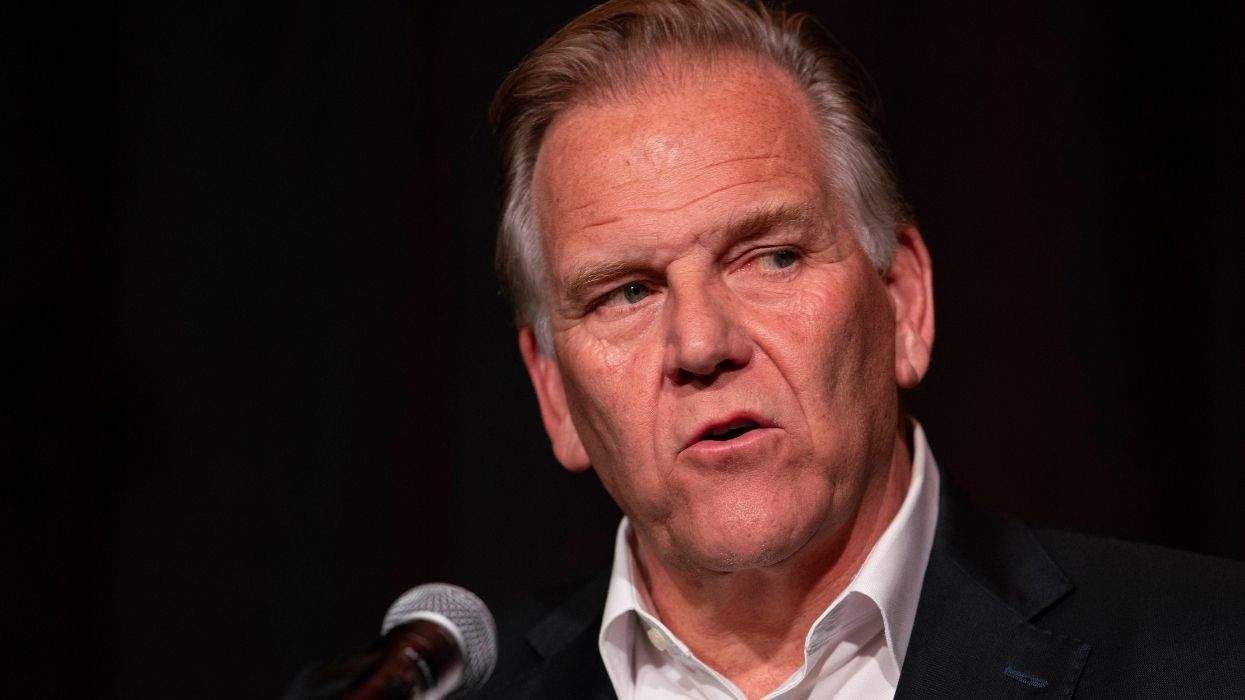
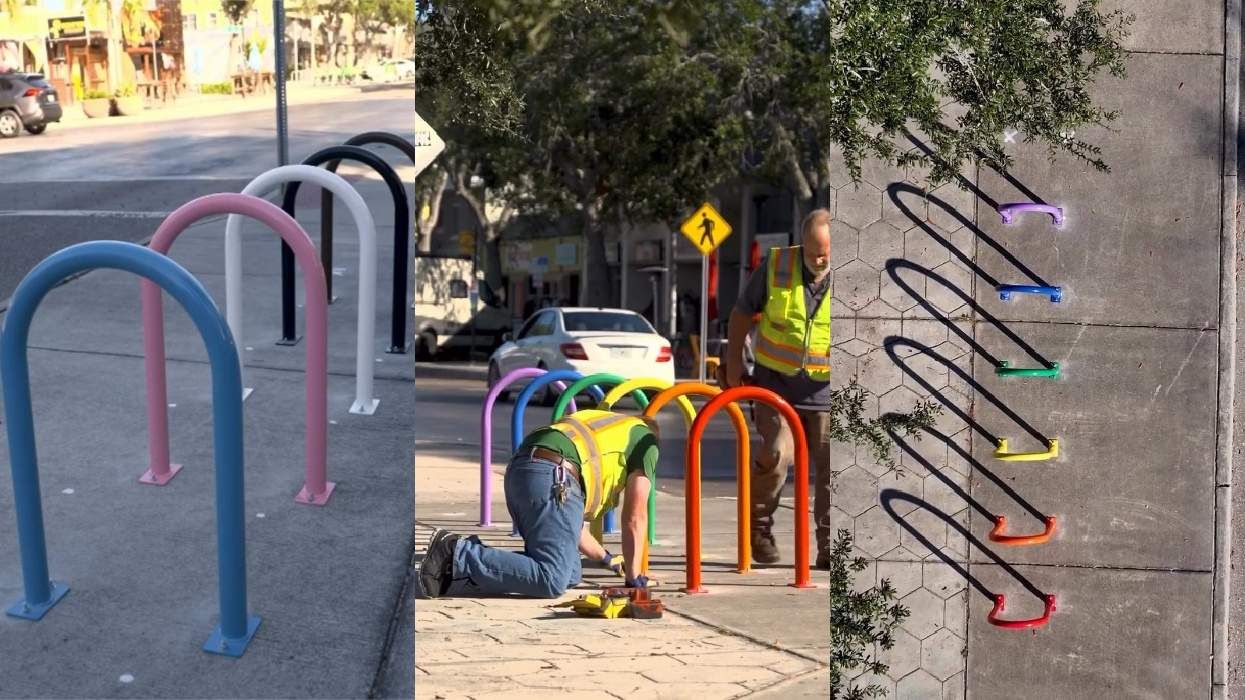


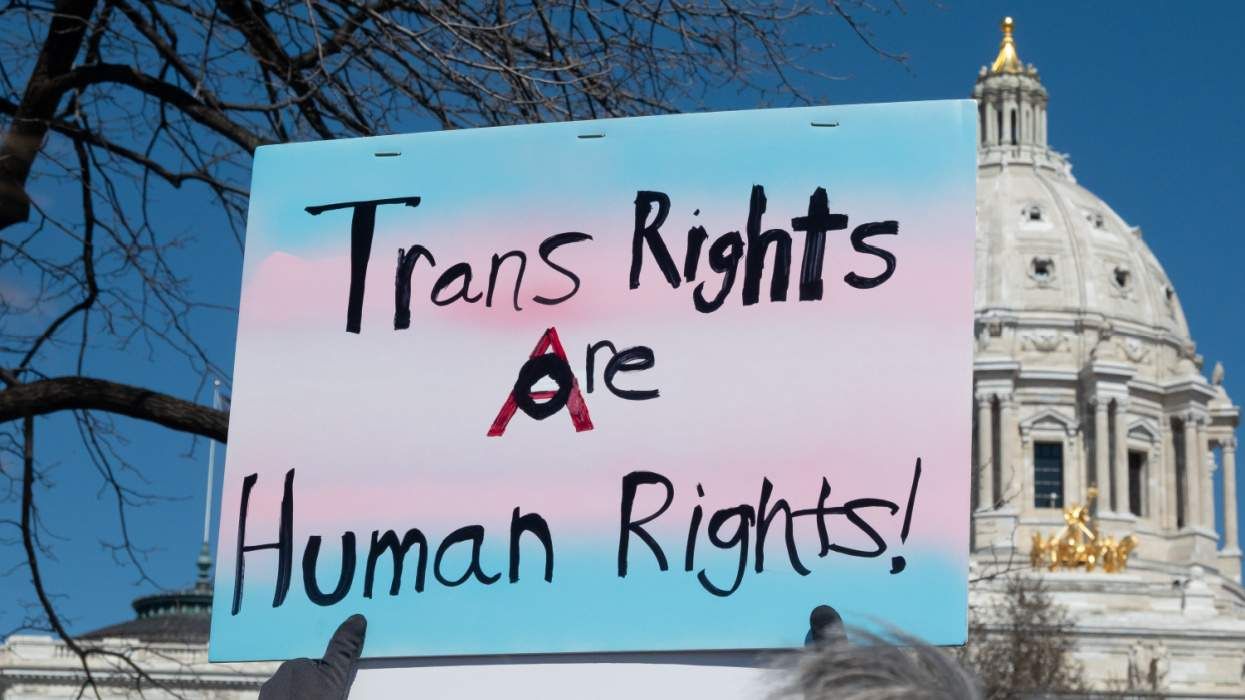

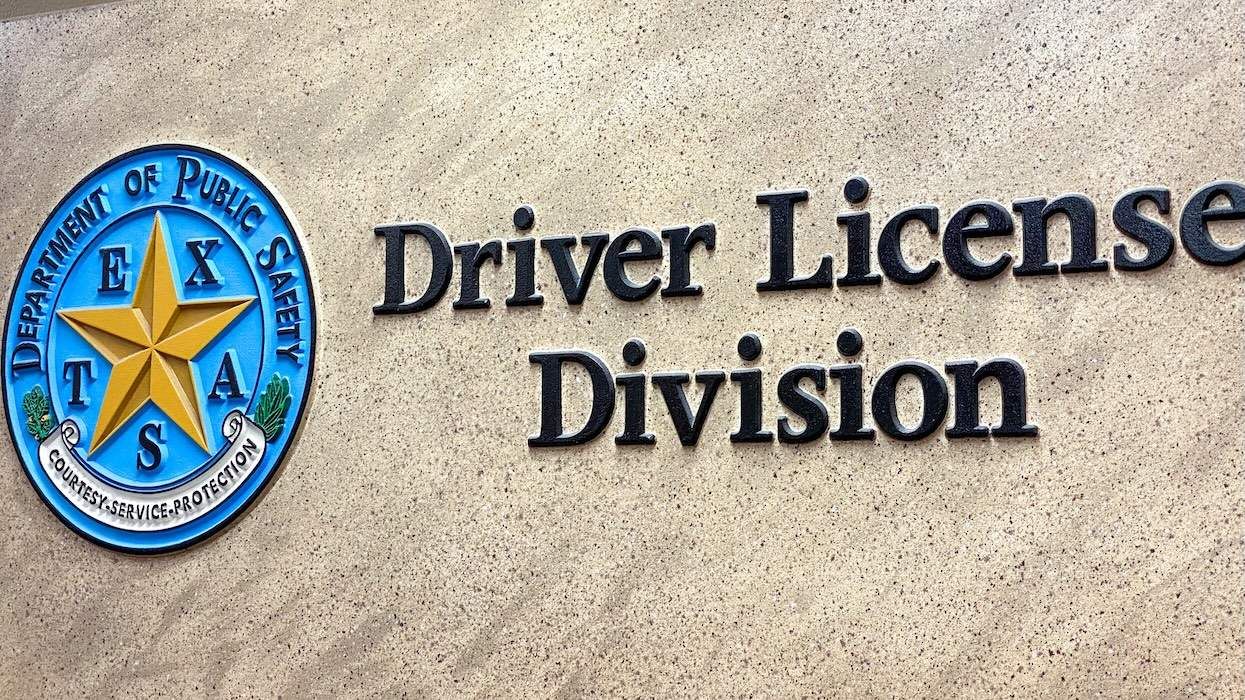
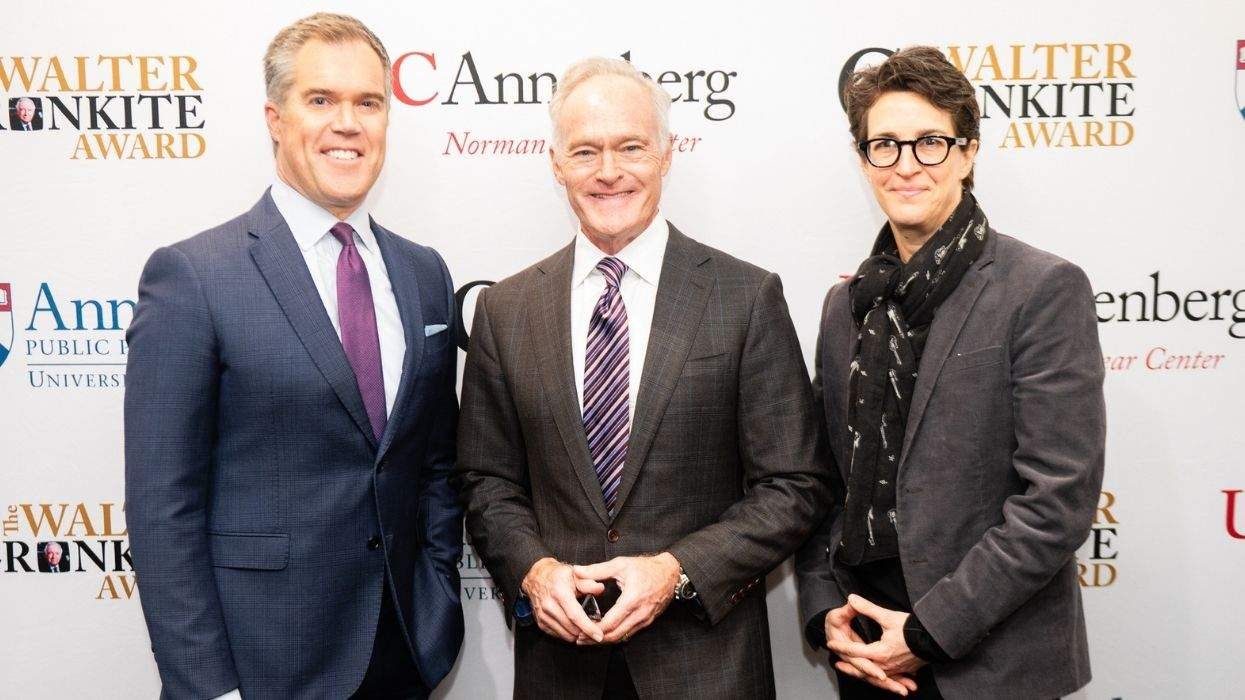

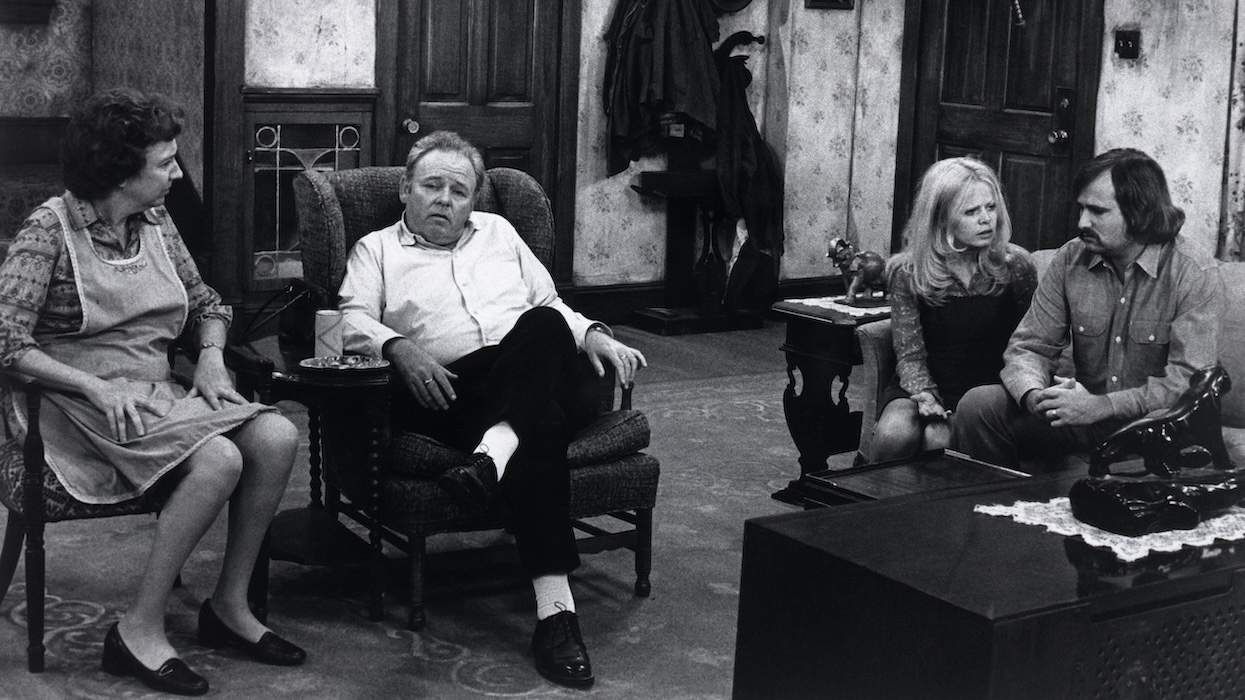
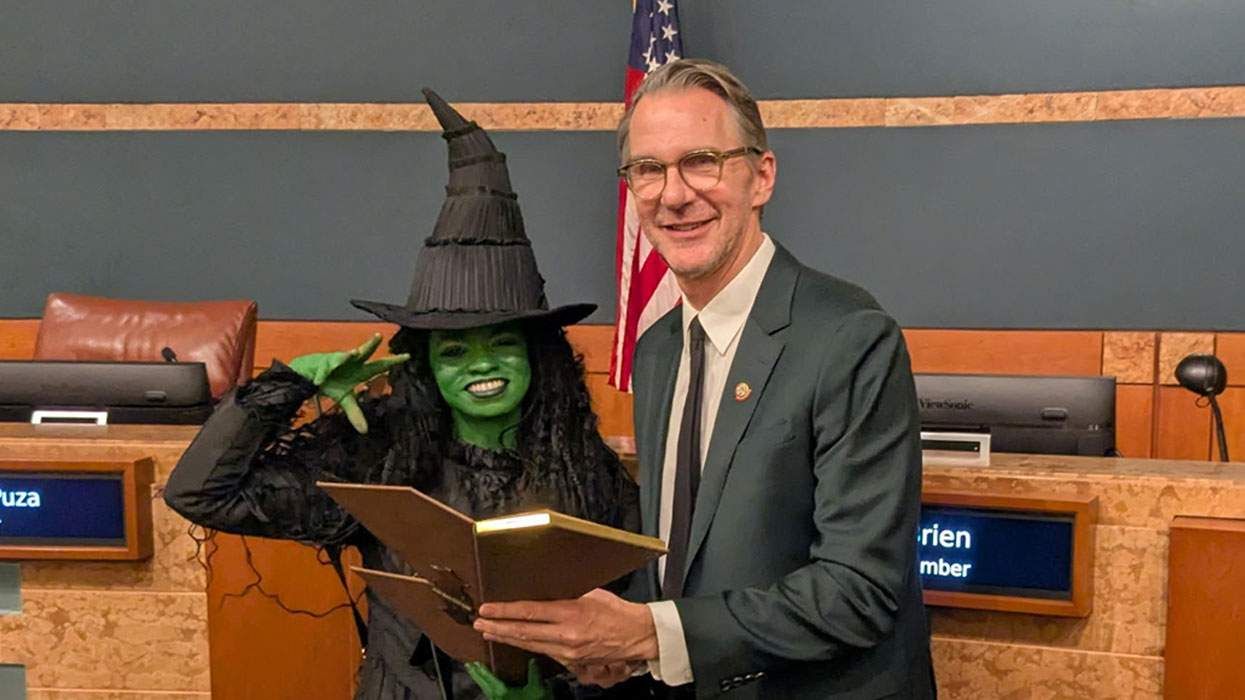
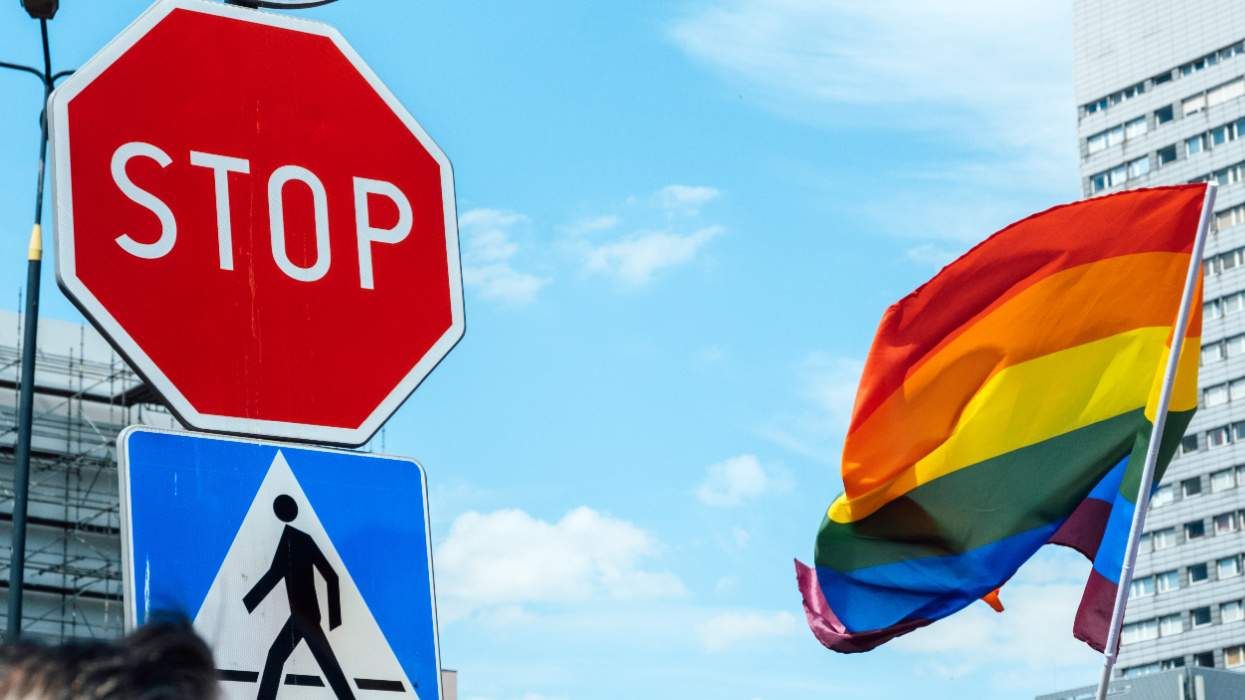
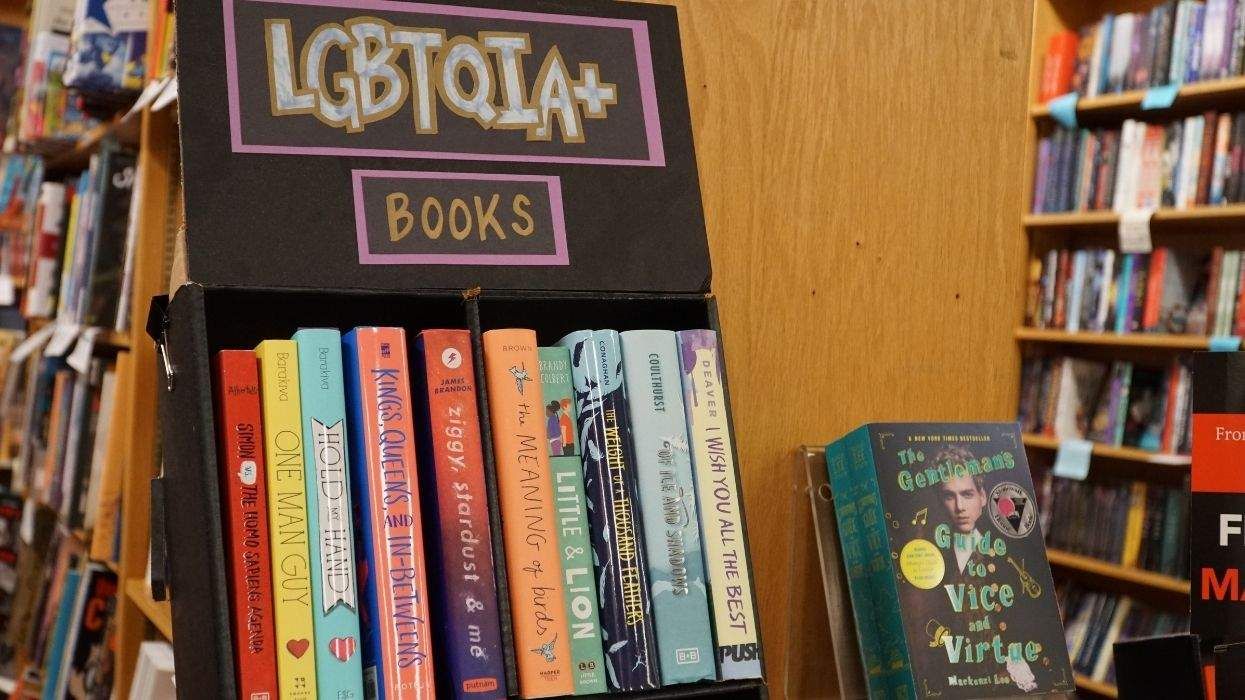
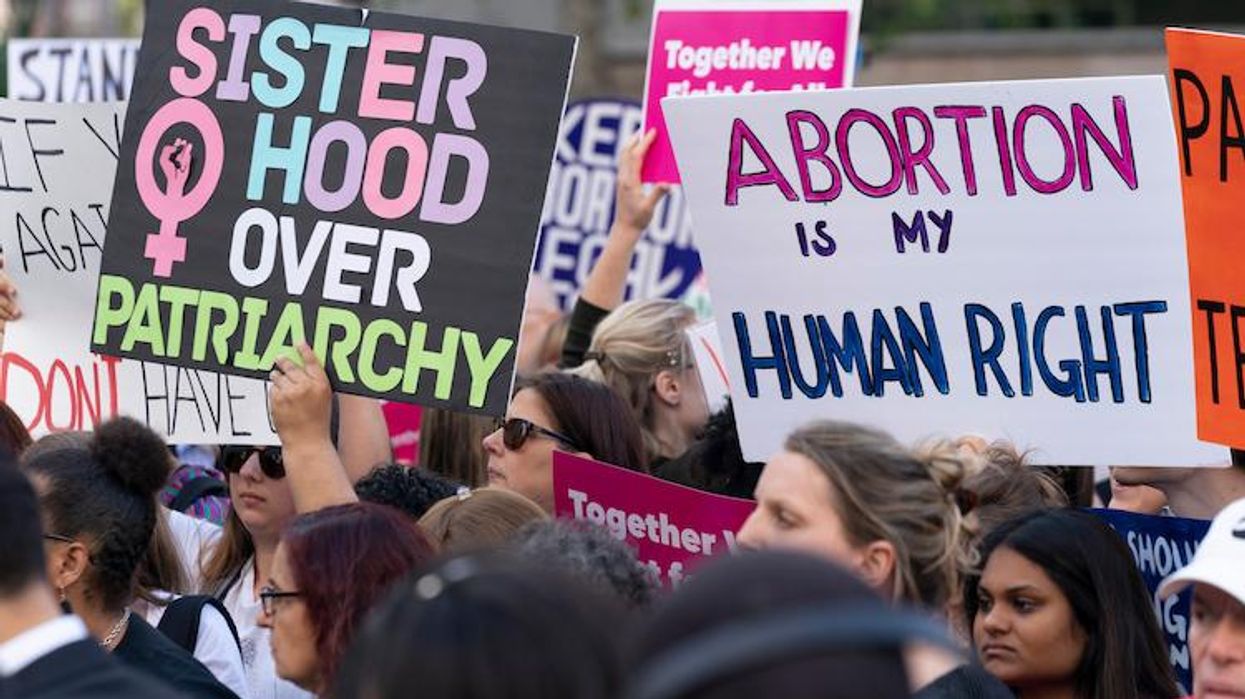


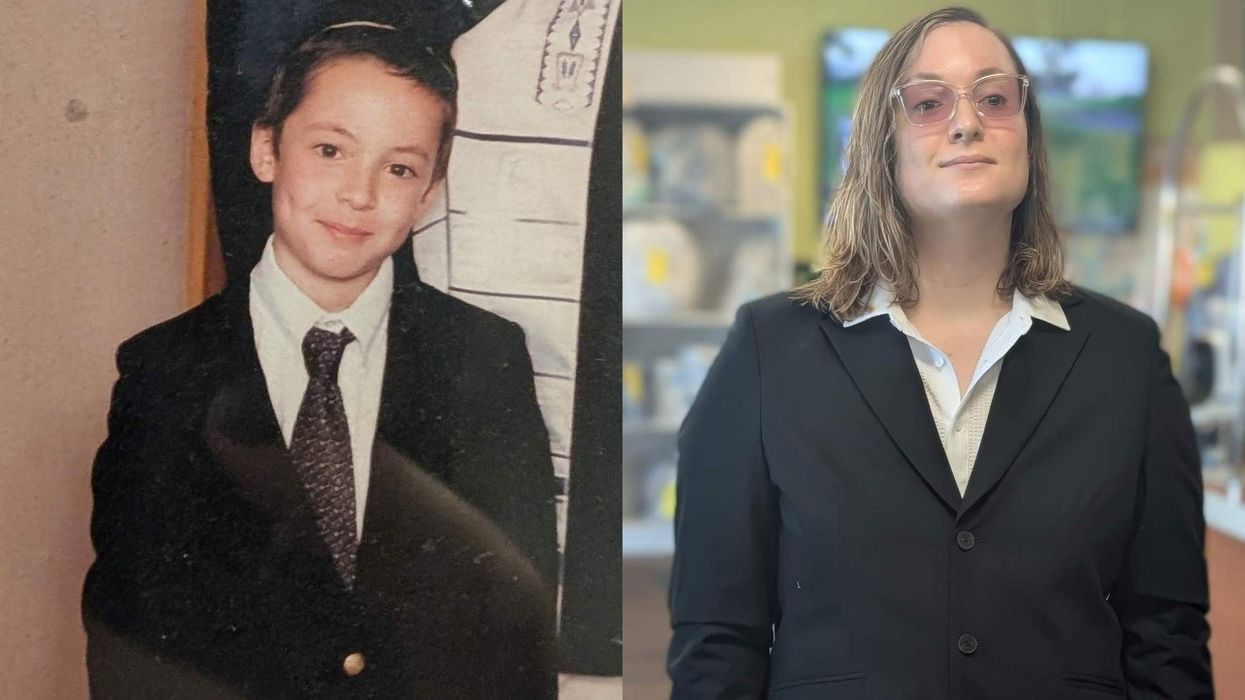
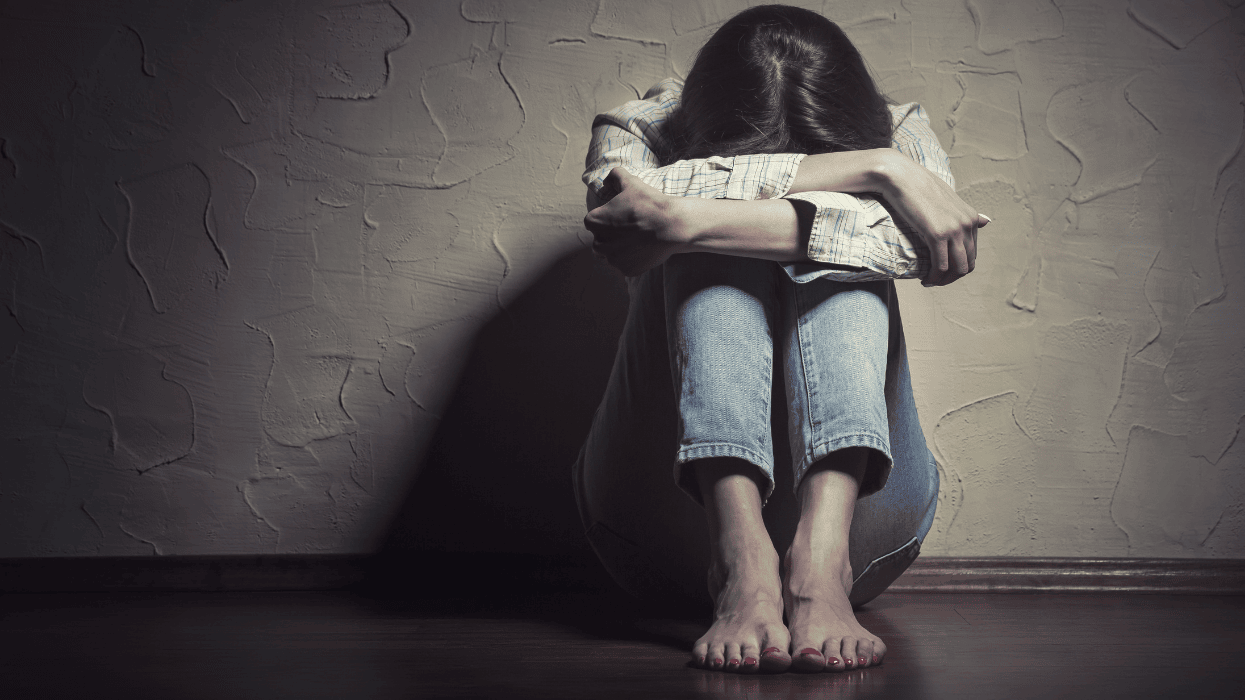









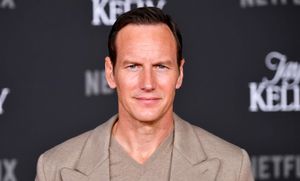








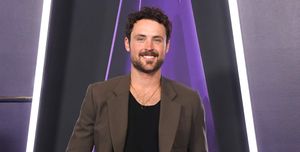






















Charlie Kirk DID say stoning gay people was the 'perfect law' — and these other heinous quotes